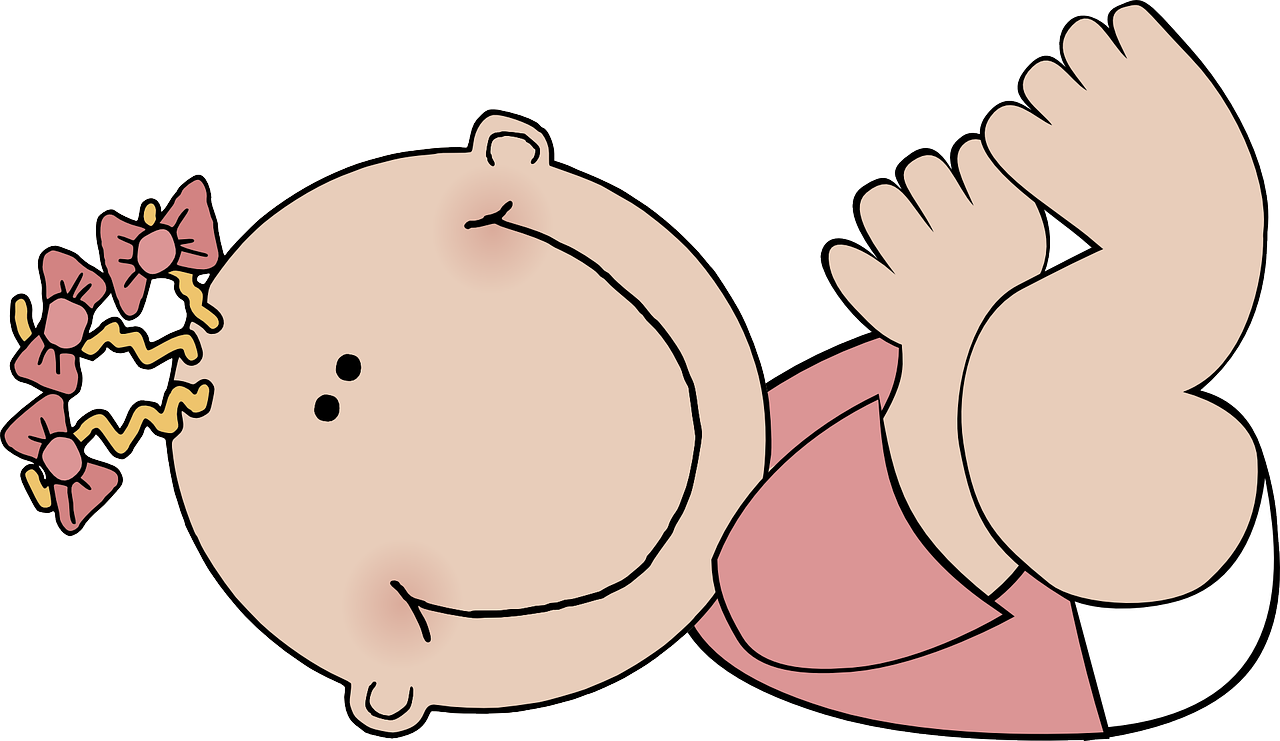Many people may assume that, regardless of the age of the victim, the CPR steps remain the same. Simply apply chest compressions and give rescue breaths, right? But this isn’t quite the case. While the fundamentals of CPR, or cardiopulmonary resuscitation, do remain the same, there are key differences between performing CPR on an adult, a child, or a baby.
CPR is a critical life-saving procedure, and due to the wide availability of CPR certification courses (even those you can now take 100 percent online), anyone can be trained and fully certified in this medical procedure. Here, we take a closer look at the importance of learning and becoming certified in CPR. Then, we walk through the important steps for performing CPR on a baby, especially highlighting the key differences between baby, child, and adult CPR.
WHY YOU SHOULD LEARN CPR
CPR is one of the most valuable life-saving procedures you can learn. Each year, roughly 475,000 American lives are lost to cardiac arrest, which often strikes far from a hospital or any professional medical assistance. This is why bystanders (in addition to those in the medical field) are so critical in responding to this type of emergency. When bystanders perform CPR on a cardiac arrest victim, the survival rate drastically increases.
Cardiac arrest primarily affects adults, but sudden cardiac arrest (SCA) can occur in teens and children, especially during periods of intense exercise, like playing sports. CPR, however, is also useful in other types of medical emergencies. If a victim is electrocuted, drowning, or choking, CPR can be effective in helping the heart circulate critical blood and oxygen throughout the body. For babies and infants, CPR is most commonly performed for suffocation or choking incidents.
WHY BABIES NEED CPR
While cardiac arrest and other cardiovascular emergencies are most common in older adults, there are several medical emergencies that may require a bystander to perform CPR. Here are some of the most common emergencies that may call for infant CPR:
· Choking.
· Suffocation.
· Poisoning.
· Asthma.
· Electrocution.
· Smoke inhalation.
· Drowning.
· Obstructive apnea.
· Sudden infant death syndrome (SIDS).
When performed quickly and effectively, CPR vastly increases the survival rate of the victim. According to Cardiology Today, the survival rate can double for cardiac arrest victims if a bystander performs this procedure. CPR keeps blood and oxygen circulating throughout the body. If your organs are forced to go even just minutes without this blood and oxygen, serious damage can occur. CPR can also restore breathing for victims of certain medical emergencies until medical personnel arrives on the scene.
PERFORMING CPR ON A BABY
As previously stated, there are certain precautions and adjustments one must make when performing CPR on a baby. Here, we briefly review the steps and procedure for performing infant CPR:
1. Assess the situation.
Before you even begin CPR, assess the situation to ensure you don’t put yourself or anyone else in harm’s way. If safe, approach the victim and see if they’re responsive. For a baby, simply flick the bottom of their foot for a response.
2. Call 911 (depending on response).
This step is a key difference in baby CPR versus adult CPR. For adults, you should call 911 immediately, even before beginning chest compressions. With an infant or child, however, you should immediately begin CPR if they do not respond. If they do respond, you can then call 911 and have emergency personnel on the way to respond to their medical needs.
3. Open their airway.
If not already, position the baby so that they are lying on their back and kneel beside them. Open the airway by gently tilting the head back and lifting their chin up.
4. Check for breathing.
Compared to adults, babies have periodic breathing, so you need to check carefully for regular breathing. Lower your ear to the victim’s mouth and listen for roughly ten seconds. Even if you hear an occasional breath or gasping sound, this doesn’t count as regular breathing. If you cannot detect a breath, begin CPR immediately.
5. Chest compressions.
For adult CPR, you use both hands and all your strength to perform chest compressions. For a baby, however, this is far too much force. If giving chest compressions to an infant, you only need to use two fingers and press about one and a half inches into the chest. Give thirty chest compressions per cycle.
6. Rescue breaths.
Since infants have such small faces, you will use your entire mouth to seal over their mouth and nose. Blow for one second and watch their chest to see if it rises. Provide two rescue breaths. If the chest doesn’t rise, you may need to reposition the airway.
7. Continue the CPR cycle.
Until medical attention arrives, continue providing CPR to the baby. Repeat the cycle of thirty chest compressions and two rescue breaths until one of the following occurs: paramedics arrive, the victim becomes responsive or begins breathing, an AED becomes available, or you’re too exhausted to continue. If possible, rotate performing CPR with another bystander if they are also trained and certified.
CONCLUSION – HOW TO PERFORM CPR ON A BABY
Hopefully, you never find yourself in the position where you need to perform CPR on a baby, child, or adult. However, these medical emergencies are certainly not rare, and if you do find yourself in such a situation, you’ll be glad you know what to do.
If you’re interested in learning how to perform this critical procedure and receiving your CPR certification, or if this type of certification is required by your profession, don’t wait a minute longer. Enroll in a 100 percent online CPR certification course and you can earn your certification, or your recertification, within a matter of days. These courses can provide you with the knowledge, skills, and perhaps most importantly, the confidence, to step in and take action in the event of an emergency. This decision could save a life.
